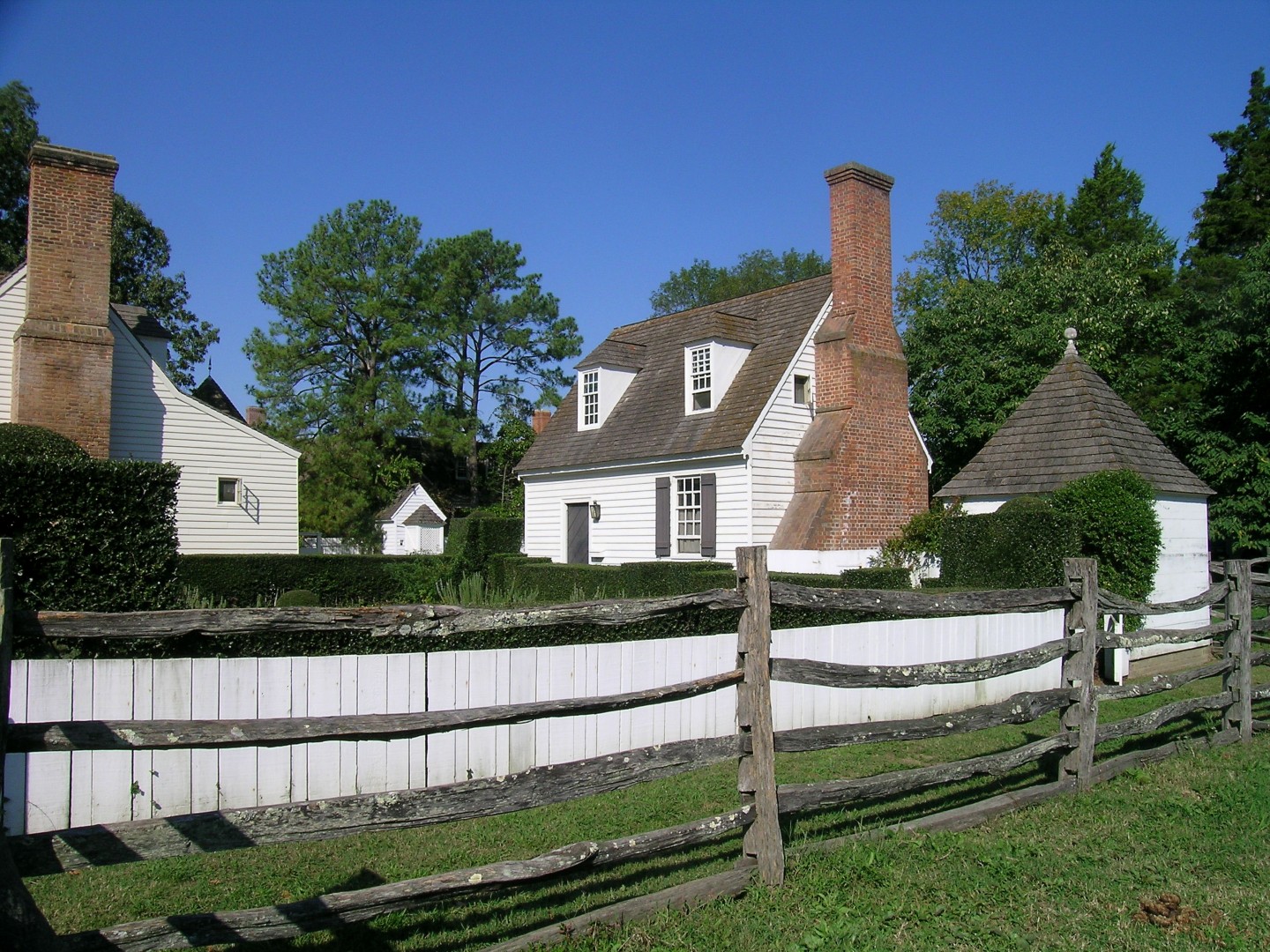 Williamsburg was founded as the capital of the Virginia Colony in 1699. The original capital, Jamestown was the first permanent English-speaking settlement in the New World founded in 1607. Colonial leaders petitioned the Virginia Assembly to relocate the capital from Jamestown to Middle Plantation, five miles inland between the James and the York Rivers. The new city was renamed Williamsburg in honor of England’s reigning monarch, King William III. Williamsburg celebrated its 300 th Anniversary in 1999.
Williamsburg was founded as the capital of the Virginia Colony in 1699. The original capital, Jamestown was the first permanent English-speaking settlement in the New World founded in 1607. Colonial leaders petitioned the Virginia Assembly to relocate the capital from Jamestown to Middle Plantation, five miles inland between the James and the York Rivers. The new city was renamed Williamsburg in honor of England’s reigning monarch, King William III. Williamsburg celebrated its 300 th Anniversary in 1999.
Williamsburg was one of America’s first planned cities. Laid out in 1699 under the supervision of Governor Francis Nicholson, it was to be a “new and well-ordered city” suitable for the capital of the largest and most populous of the British colonies in America. A succession of beautiful capitol buildings became home to the oldest legislative assembly in the New World. The young city grew quickly into the center of political, religious, economic and social life in Virginia.
Williamsburg also became a center of learning. Famous political leaders emerged from the College of William and Mary, (which had been founded in 1693), such as Presidents Thomas Jefferson, James Monroe, and John Tyler. The first hospital established in America for the care and treatment of mental illness was founded in Williamsburg in 1773. General George Washington assembled the Continental Army in Williamsburg in 1781 for the siege of nearby Yorktown and the winning of American independence.
The Capital was again moved in 1780, this time up the James River to Richmond, where it remains today. Williamsburg reverted to a quiet college town and rural county seat. In retrospect, Williamsburg’s loss of capital city status was its salvation as many 18 th century buildings survived into the early twentieth century. The Restoration of Williamsburg began in 1926, after the Rector of Bruton Parish Church, the Reverend Doctor W. A. R. Goodwin, brought the city’s importance to the attention of John D. Rockefeller, Jr., who then funded and led the massive reconstruction of the 18 th century city we see today. National attention soon focused on the restoration effort. During a landmark visit in 1934, Franklin D. Roosevelt proclaimed it’s main thoroughfare, the Duke of Gloucester Street, “the most historic avenue in America.”
 Today, Williamsburg is known internationally as the premier center for the preservation and interpretation of American colonial history: The Colonial Williamsburg Foundation; and as the home of the nation’s premier small public university: The College of William and Mary.
Today, Williamsburg is known internationally as the premier center for the preservation and interpretation of American colonial history: The Colonial Williamsburg Foundation; and as the home of the nation’s premier small public university: The College of William and Mary.
During its 350-year history, beginning in 1634 as one of Virginia’s eight original shires, York County has figured prominently in both the political and economic history of the Virginia Peninsula, the Commonwealth, and the Nation.
